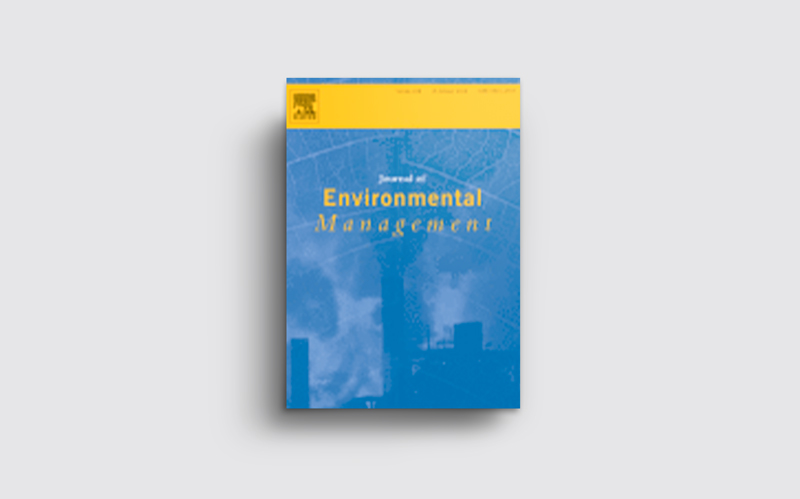EsadeGov
Key aspects of building retrofitting: Strategizing sustainable cities

Many cities are making efforts to develop an urban transformation strategy in order to transition from traditional cities to sustainable ones. Improving the energy efficiency of buildings, especially existing ones, is key to combating climate change. This paper uses a business perspective to analyze and compare three major retrofitting interventions under implementation in three different European cities, Nantes, Hamburg and Helsinki, to capture the principal needs and challenges and to identify governance recommendations for local authorities on building retrofitting replication and scale-up strategies. The authors analyze the municipal business models of residential building retrofitting interventions, which are very different from those of private companies, through two innovative business tools: the Value Creation Ecosystem (VCE) and the City Model Canvas (CMC). Sustainable development in terms of social inclusion, environmental protection and financial viability is the principal axis of the study. The bottleneck for residential building retrofitting is owner engagement, due to the high up-front cost. The analysis of the three cities' business models has shown interesting ideas for promoting this type of interventions. The development of a costumer customer interface lead by the municipality; the offering of funding schemes, the promotion of risk-sharing schemes and guaranteed saving, through the implementation of EPC, and the owners' involvement in co-creation strategies using 4 P approaches could all help city governments to increase the ratio of owners willing to participate. These results and the discussion will help public managers to prepare their cities’ strategies in terms of business models when they try to implement building retrofitting projects.
Journal of Environmental Management, 248, 109247.
Continue reading this article online:
See online